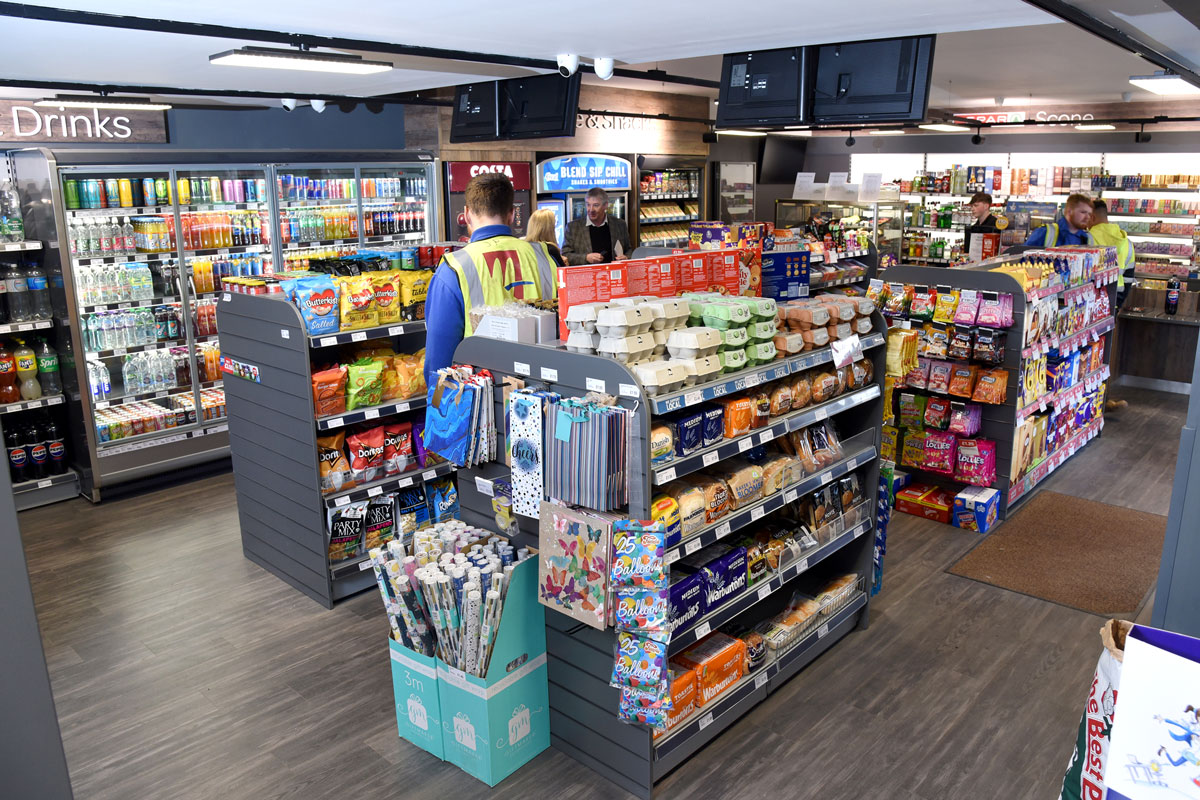Lumina Intelligence predicts robust sector performance driven by food-to-go and rising consumer confidence

THE UK convenience market grew by 5% to be worth £47.4billion in 2023, with a forecast growth of 4.2% for 2024, according to data from insights firm Lumina Intelligence.
Its Convenience Market Report 2024 said the rise last year was down to increasing demand for convenience food-to-go.
And the sustained expansion this year is set to be driven by higher consumer confidence and improved household spending power.
Key factors helping growth include enhanced store offerings, expanded meal deals, hot counters and strategic brand partnerships.
Overall, the convenience market is predicted to achieve a compound annual growth rate of 3.4% from 2024 to 2027.
Enhanced economic indicators, including rising average earnings, are expected to underpin a more stable market growth rate from 2025 onwards.
The robust performance underscores the critical role of food-to-go in driving expansion. Retailers are increasingly focusing on store and product range enhancements to cater to evolving consumer preferences, says Lumina.
Meanwhile, bosses at the Scottish Retail Consortium (SRC) have called for the new Labour Government to stimulate the economy after weak sales and footfall figures for June.
SRC deputy head Ewan MacDonald-Russell said: “It is essential politicians start to take action to boost economic growth to help consumers while keeping the cost of business down for hard-pressed retailers.
“Scottish retailers will be glad to have seen the back of June after a miserable trading performance. Retail sales fell by 3.6% in real terms year on year, as Scots appeared to focus on experiences ahead of shopping.
“Food decreased by 1.1% versus June 2023, possibly a sign consumers have a little more financial headroom after a year of responding to food price inflation.
“However, there was little evidence of a switch to high street spending. Retailers will be hoping this is a blip caused by unseasonable weather and Scots travelling to concerts, events or the Euros.”
Meanwhile, Scottish footfall rose by just 0.2% in June, year on year, although this was up from -5.4% in May and significantly higher than the UK average decrease of 2.3%.
MacDonald-Russell said that while the Scottish figure was the best of a weak set of figures across the UK, high streets were still in a parlous condition.


















